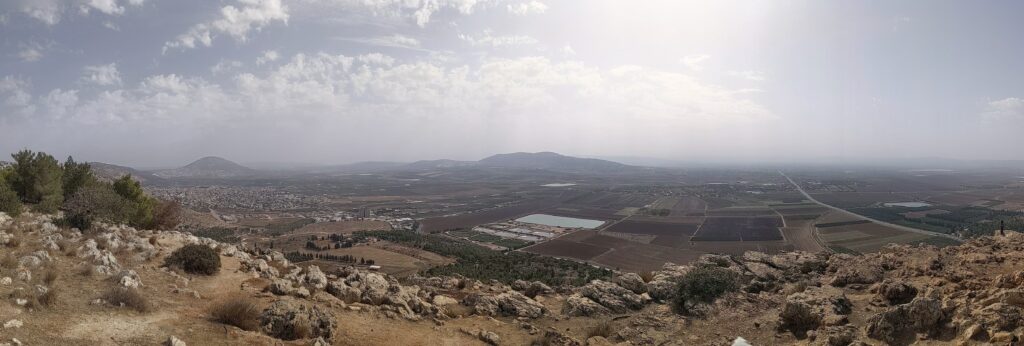
In a land full of mountains and deserts, the Jezreel valley sits almost defiantly. This massive valley is, in contrast to much of the rest of Israel, flat and fertile. It is a natural place for agriculture, travel, and trade. In other words, all the major kingdoms wanted to control it, which leads it to be one of the most fought over areas of land in history. In Scripture, the Prophetess Deborah guided Barak on how to take the valley from Sisera, and her advice was used nearly 3000 years later by Napolean when he conquered the area, and then again during the world wars.
No place illustrates this pattern better than Megiddo. This city sat in the one point where you could see the entire Jezreel Valley, leading Pharoah Thutmose III to say, “conquering Megiddo is like conquering 1000 cities.” From here they could control the major trade routes between Egypt and the empires of Mesopotamia, and could easily exert influence over all the other cities in the valley. Everyone who wants to control Jezreel want to take Megiddo. Archaeologists have discovered over 25 layers of ruins and resettlement on Megiddo, illustrating just how many times the city has been conquered. It’s been the site of dozens of battles throughout history, perhaps more than anywhere else on earth.
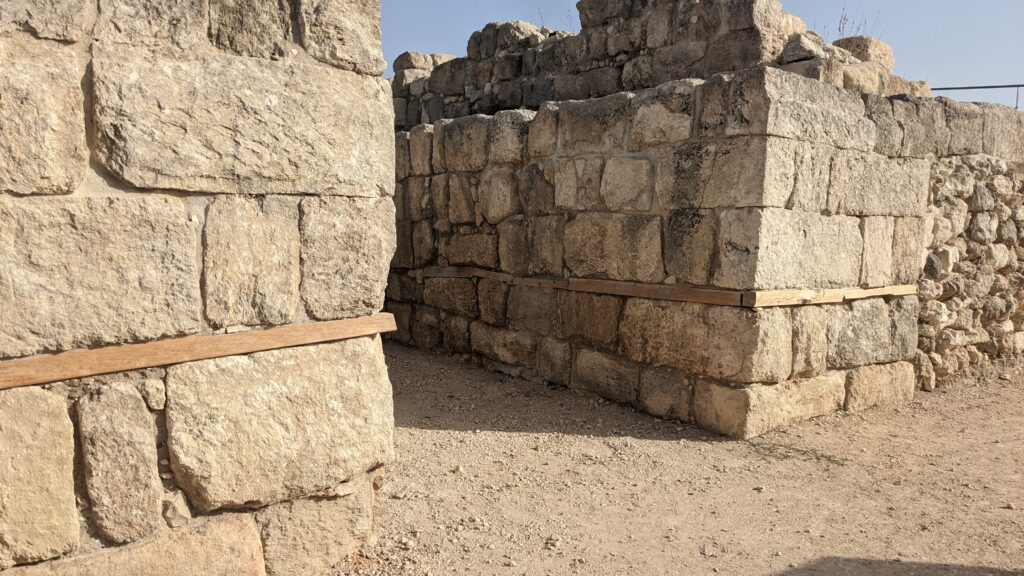
The Gates of Megiddo 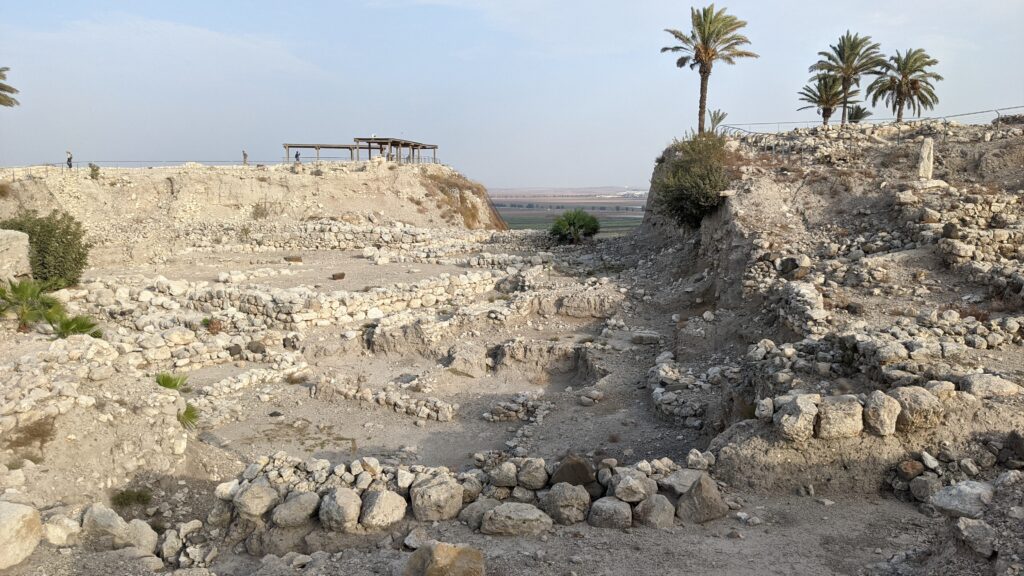
An Archaeological Dig Cutting into the Side of Megiddo 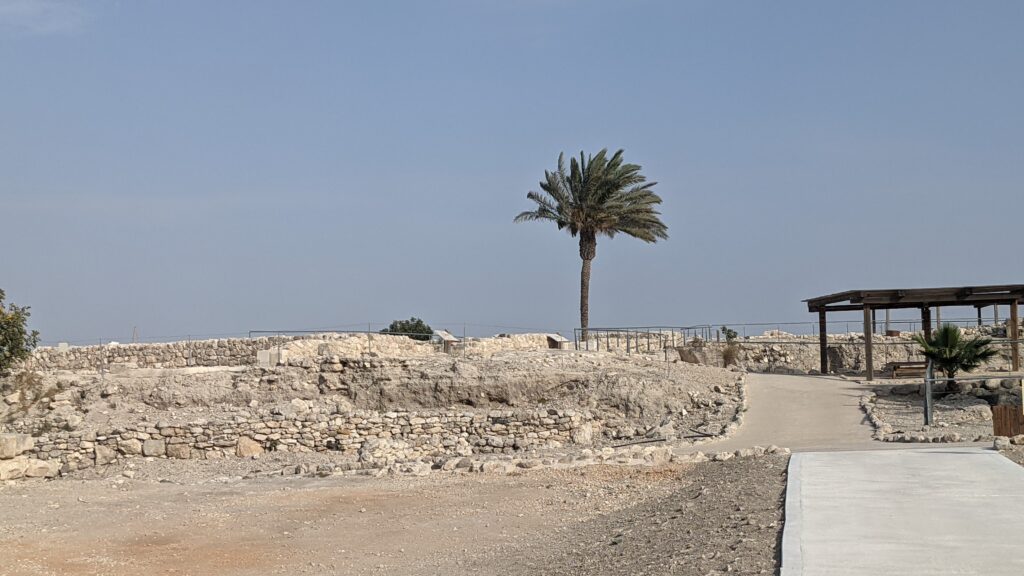
Tel Megiddo 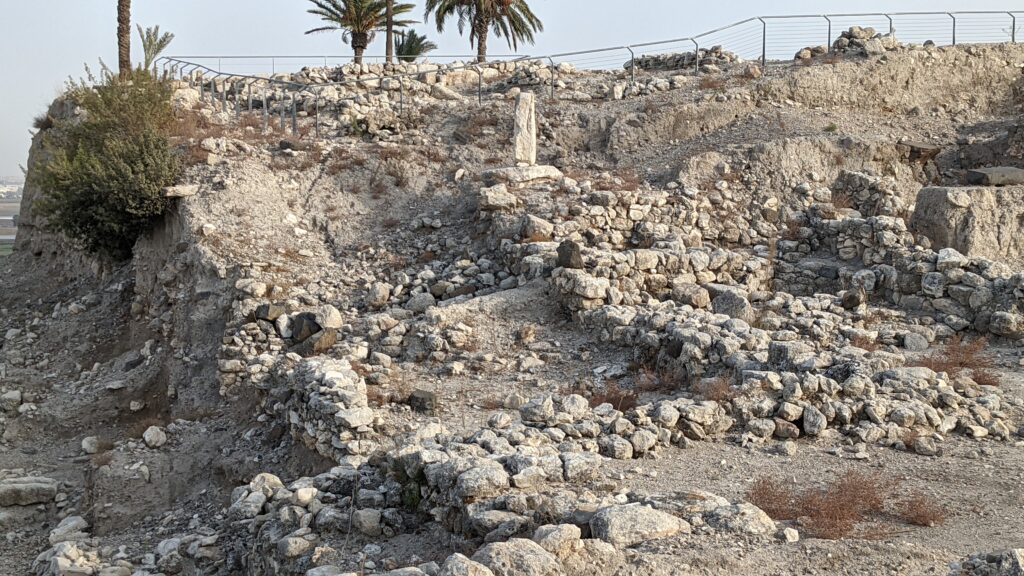
Megiddo’s old Cultic Center 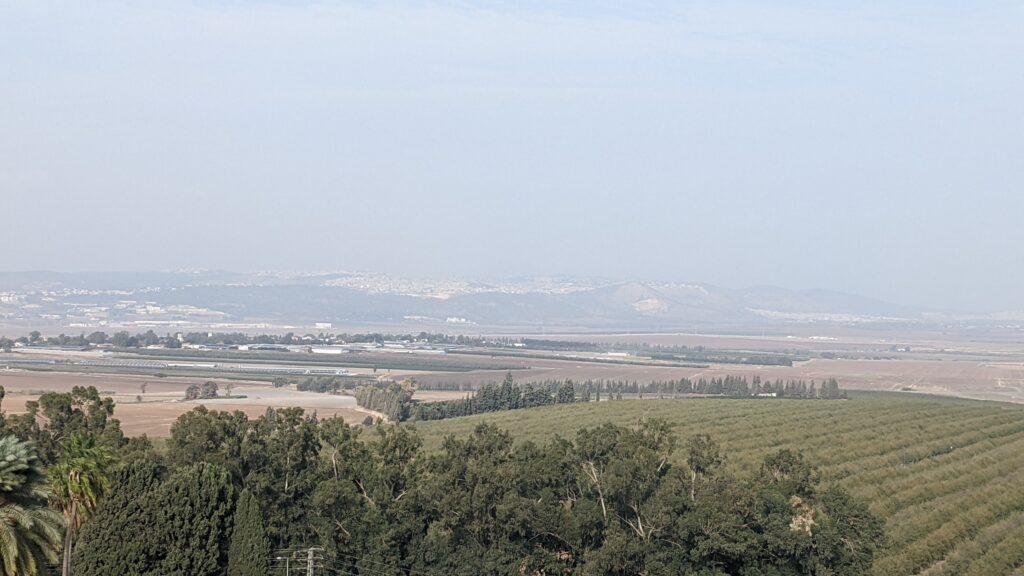
The View of Jezreel from Megiddo 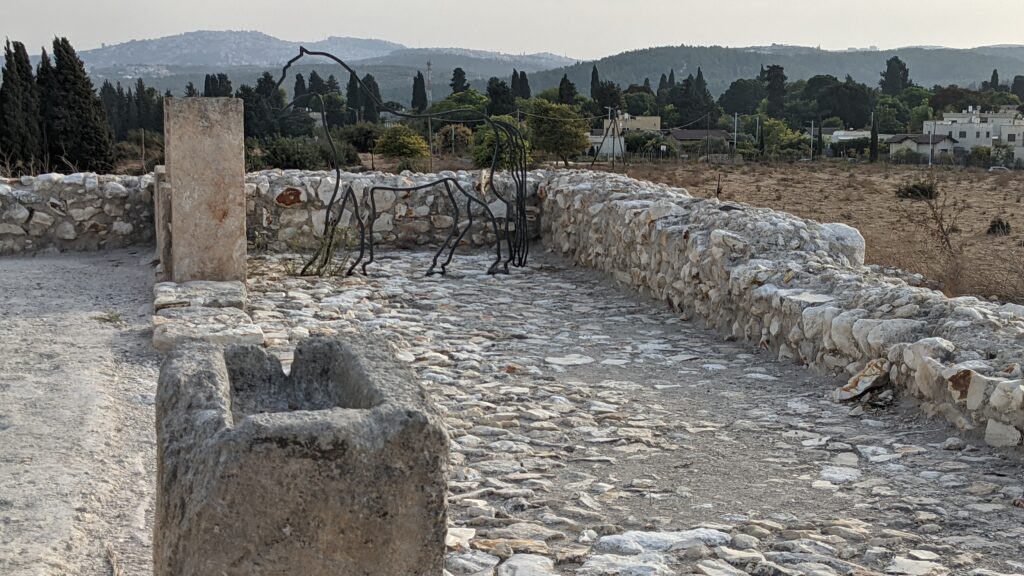
The Stables at Megiddo
The sheer amount of history at Megiddo marks it as one of the most important archaeological sites in Israel, including Canaanite temples, Solomonic gates, and Israelite stables/storehouses. However, that’s not what most people know it for. Most people associate Megiddo not with the past, but with the future. The book of Revelation talks about a major climatic battle between good and evil taking place at Armageddon, an Greek transliteration of Har Megiddo or “Mount Megiddo.” While Megiddo would make an excellent place for the final climatic battle, there is some debate as to whether it classifies as a mountain, and if Armageddon might be located somewhere else. I recommend reading chapter 41 of Michael Hieser’s The Unseen Realm, for more info on this debate.
Other battles took place in other parts of the valley. Gideon fought the Moabites with 300 men in the eastern branch of the valley. Just a few miles to the south, King Saul and Jonathan would met their end fighting the Philistines on the slopes of Mount Gilboa. Upon their defeat, the Philistines hung the bodies of Saul and Jonathan on the walls of Beth- Sean, the city guarding the eastern entrance into Jezreel. In 2 Samuel 1, David curses the slopes of Gilboa, and to this day it is near impossible to get crops to grow on the mountain, despite being in a fertile and well-watered area.
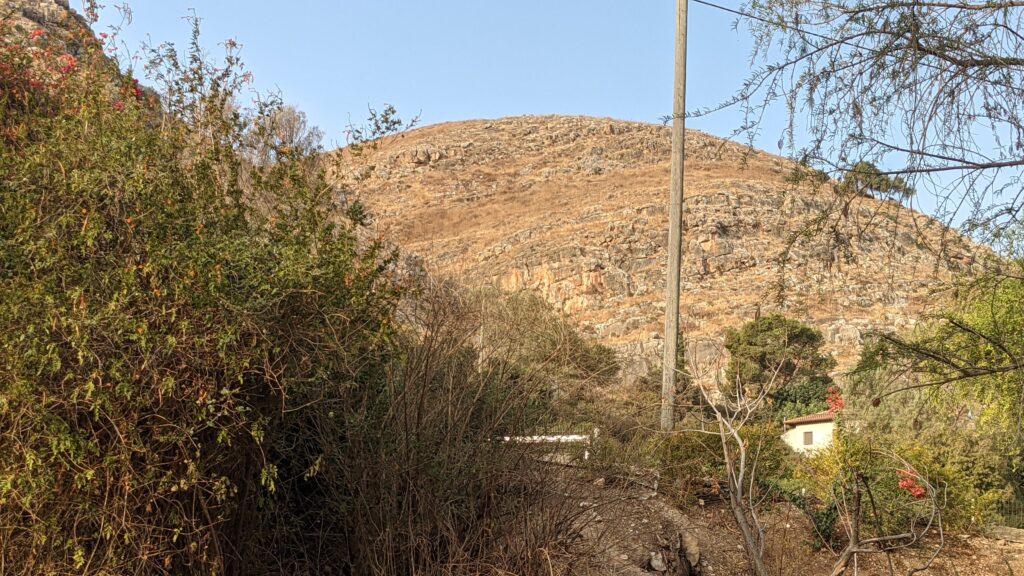
Tel Beit Sean, a 4000 Year old City 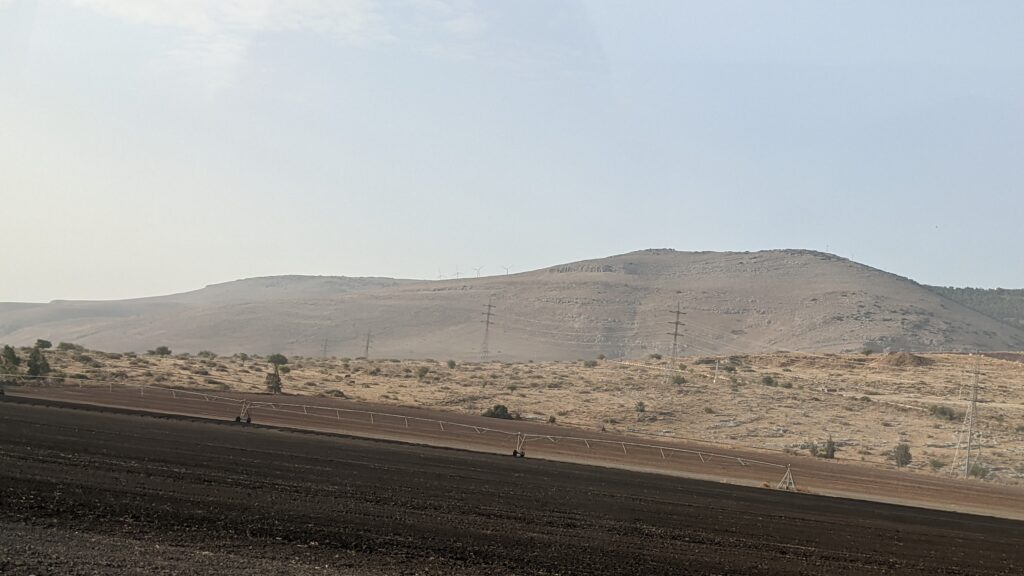
The Barren Slopes of Gliboa 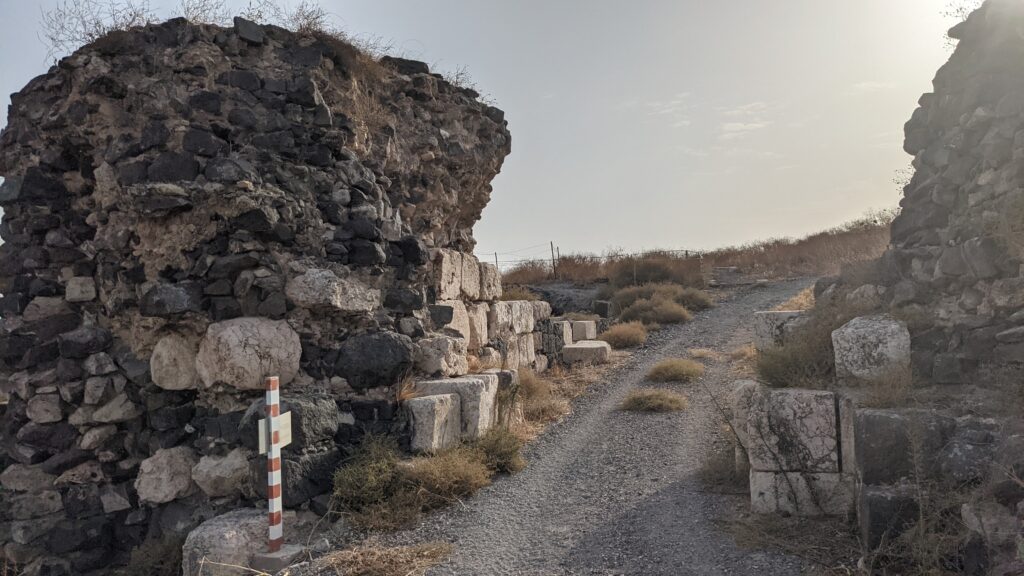
The Old Testament Gate to Beit Sean 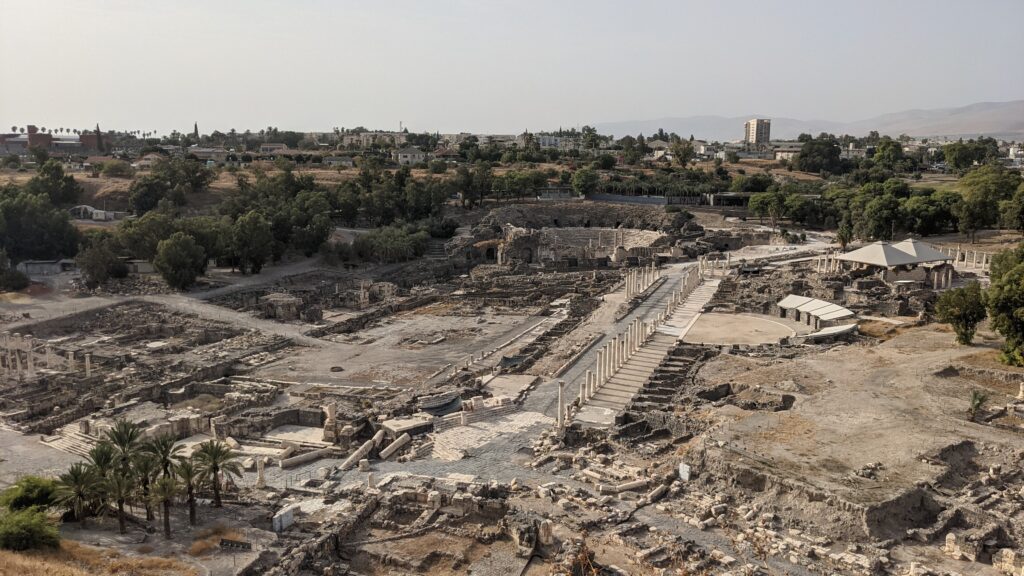
Roman Beit Sean 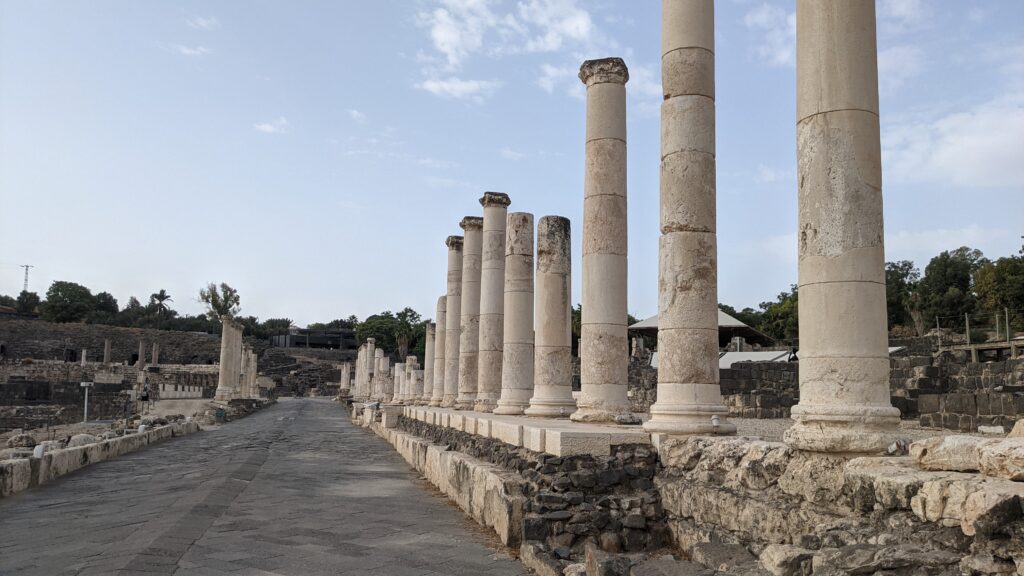
The Roamn Cardo at Beth Sean.
When the Romans came, they built a city at the base of the ancient tell of Beit Shean. As it was never resettled after a massive earthquake destroyed it, it remains one of the best preserved Roman cities in the area.
Jezreel is known for far more than it’s battles. There are plenty of other stories that take place around the valley – stories that a young man living in Nazareth would have remembered as he looked over the valley from hill near his village. Nazareth was an odd town. It was isolated from the major trade routes, tucked away in the hills a little distance from the valley. It takes a certain kind of people to live there. They are people who want to stay out of sight of the roman invaders – perhaps a group of zealots, or people trying to avoid taxes. It’s enough that Nathaniel, upon hearing of Jesus’s hometown asks “can anything good come from Nazareth?” (John 1:46)
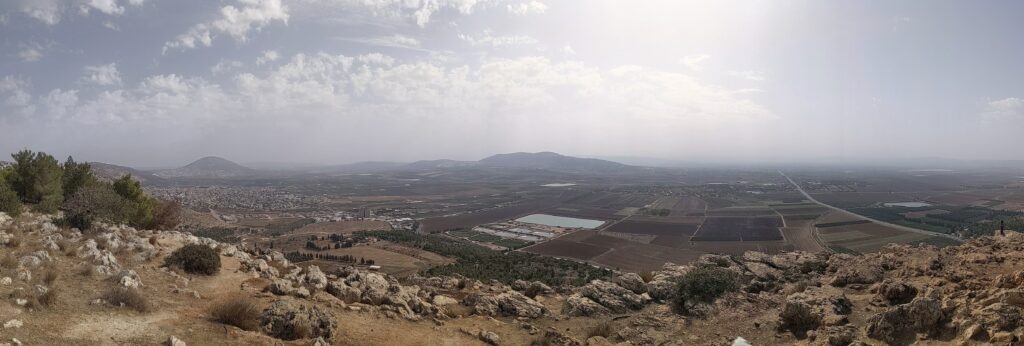
Jezreel from Nazareth 
Modern Nazareth, Much Larger than in Ancient Times
From the slops of Nazareth a young Jesus could have looked out over the Jezreel Valley and seen many places, including:
- Jonah’s hometown of Gath-Hepher.
- Shunem, where Elisha raised a widow’s son to life, a miracle that Jesus later mimics in nearby Nain.
- Jezreel, where Elijah challenged King Ahab and Jezebel met her end.
- Tabor, where Deborah guided Barak to victory, saving Israel.
- And many others
Jesus was shaped by the city of Nazareth and the stories that surrounded him. It is quite possible he sat and prayed in view of all these stories and events, planning out his own ministry. He would one day leave Nazareth, and start performing miracles and gathering followers. His actions would bring to mind the stories of the prophets of old. He would challenge the leaders in their hypocrisy, and save not just Israel, but the entire world.

Dad